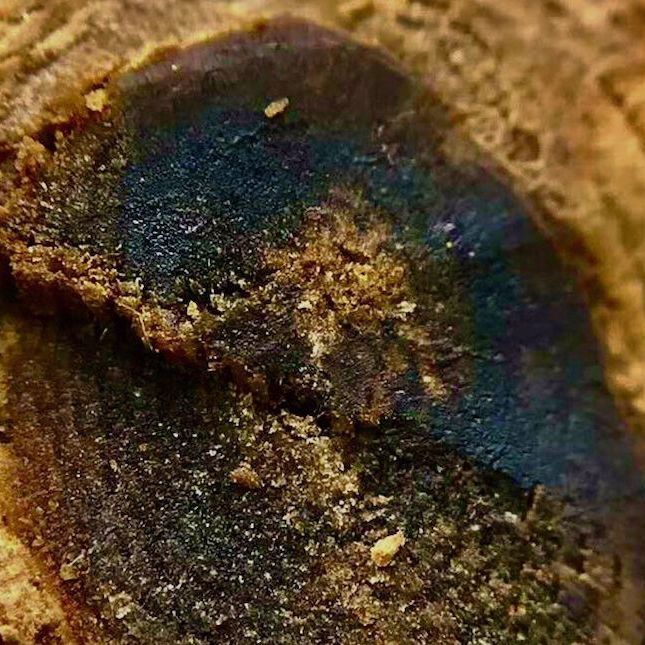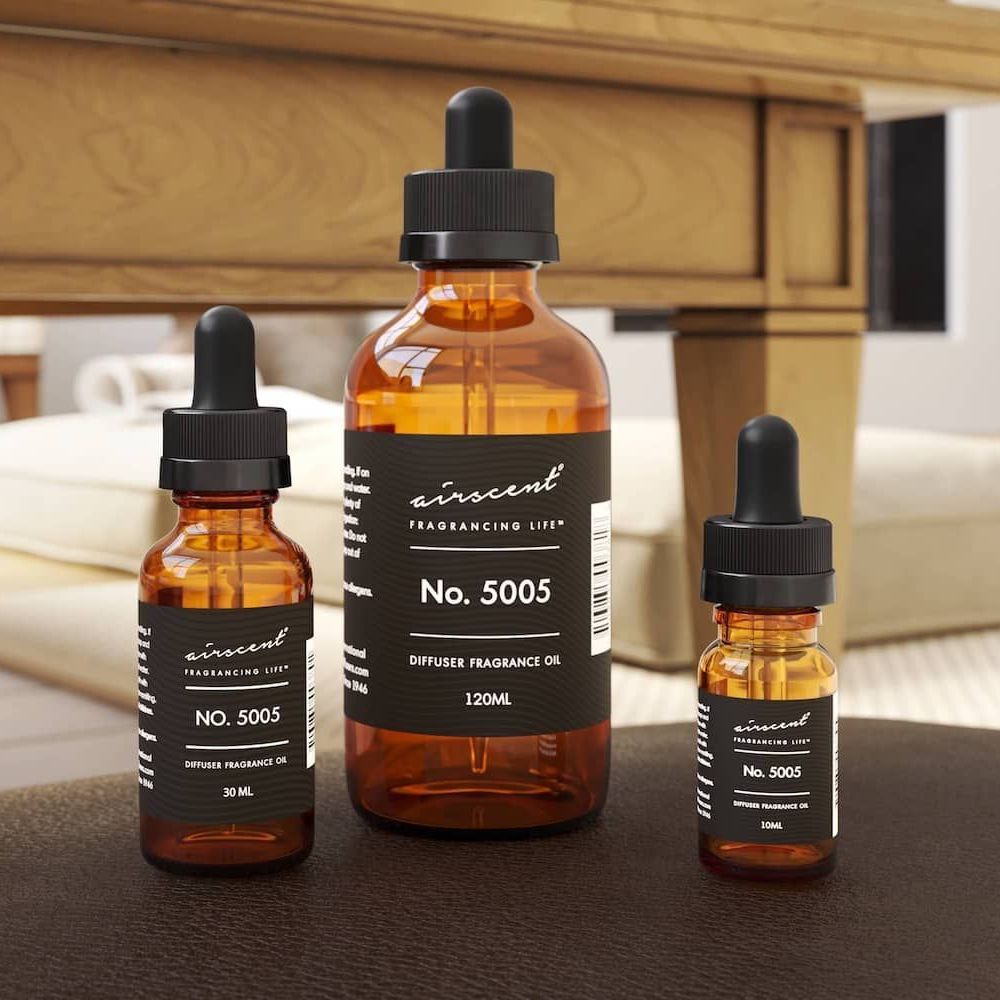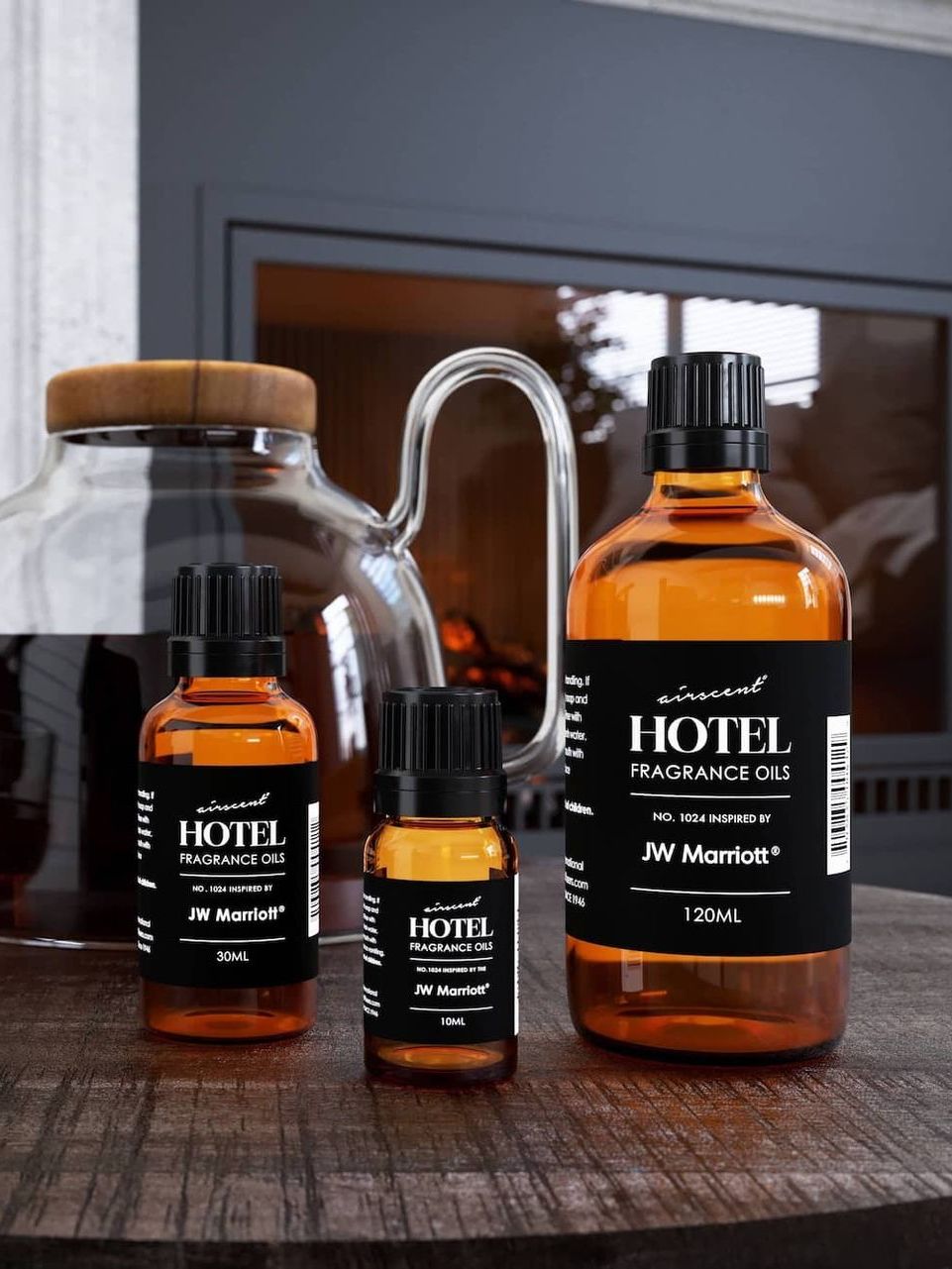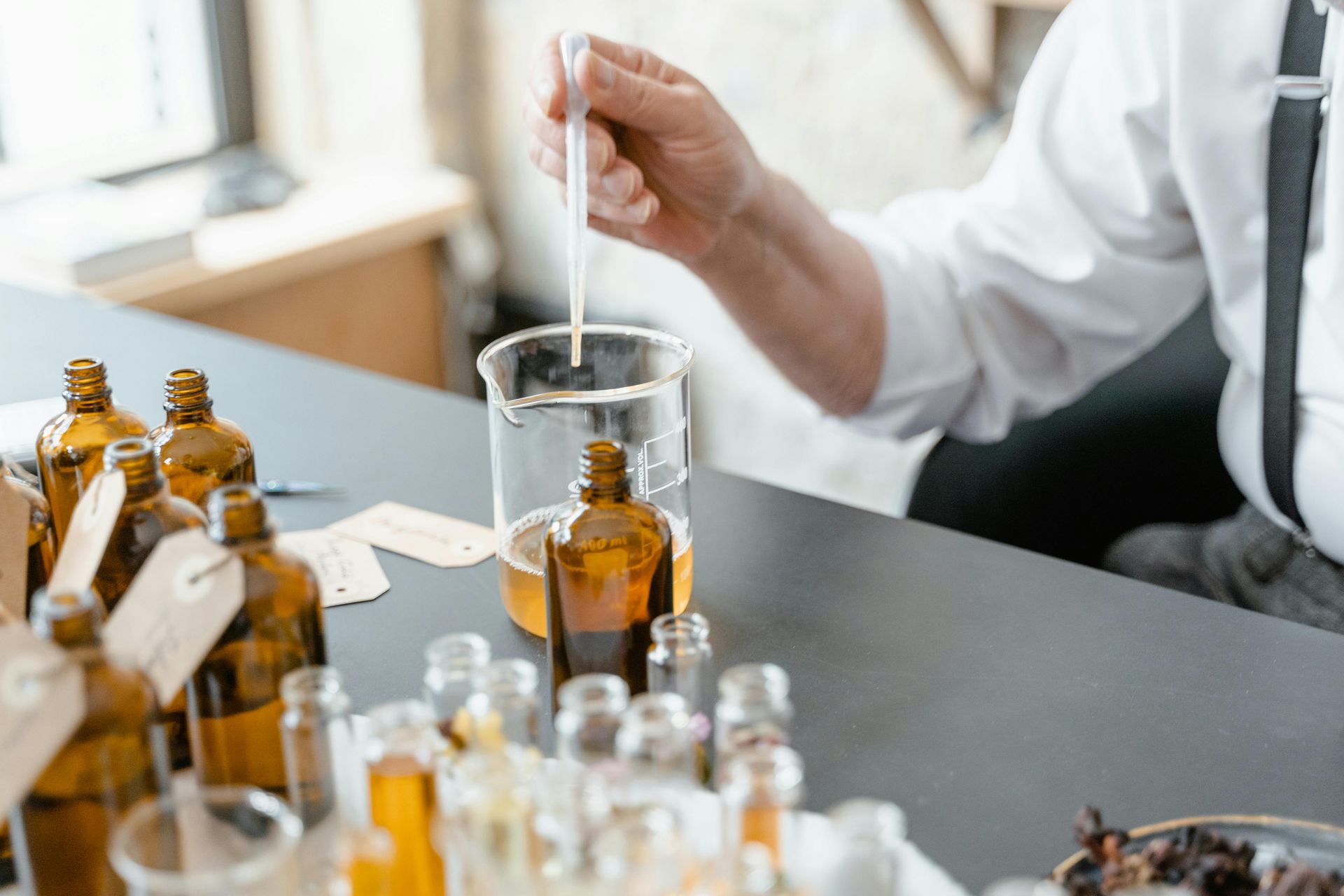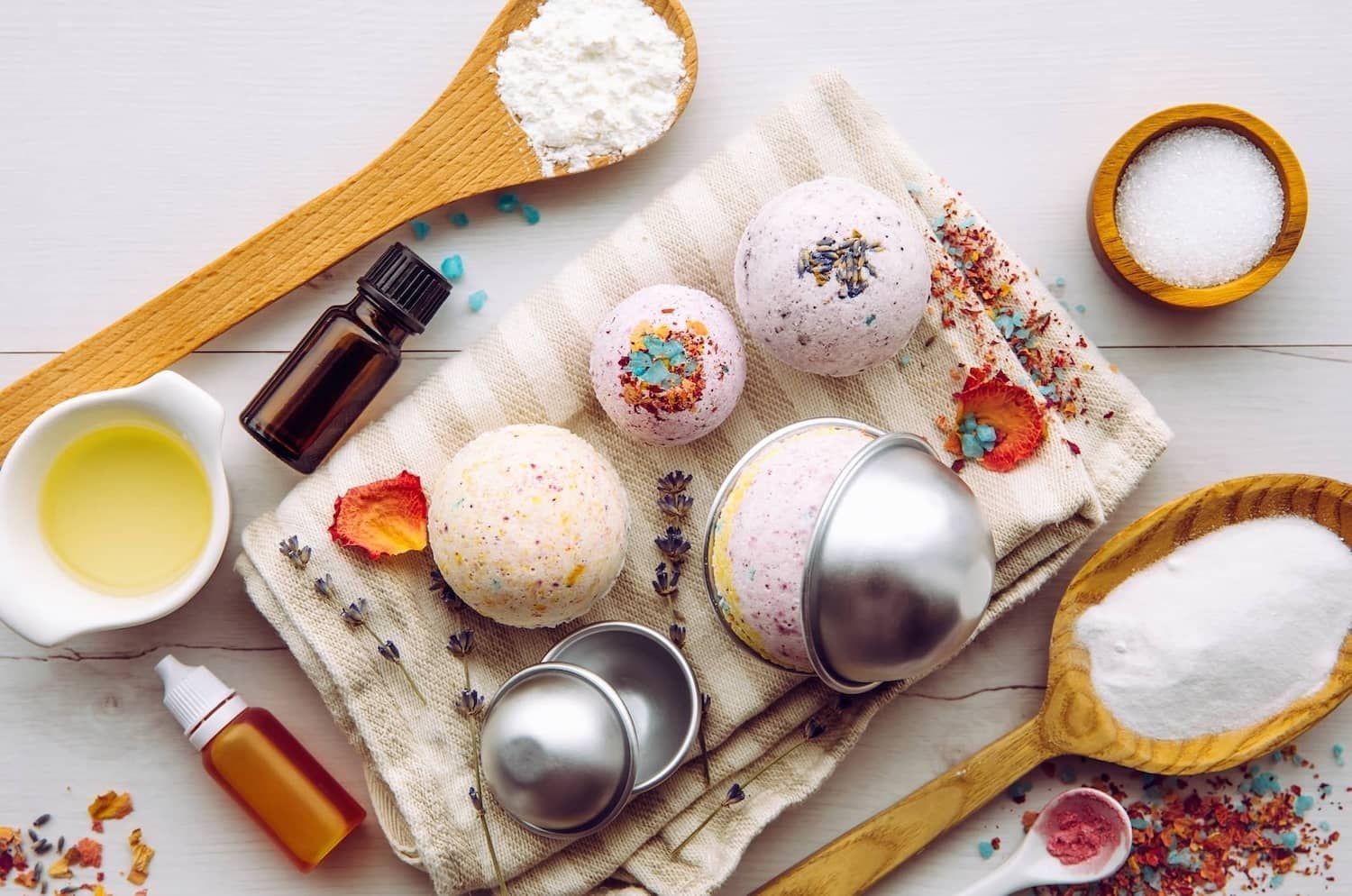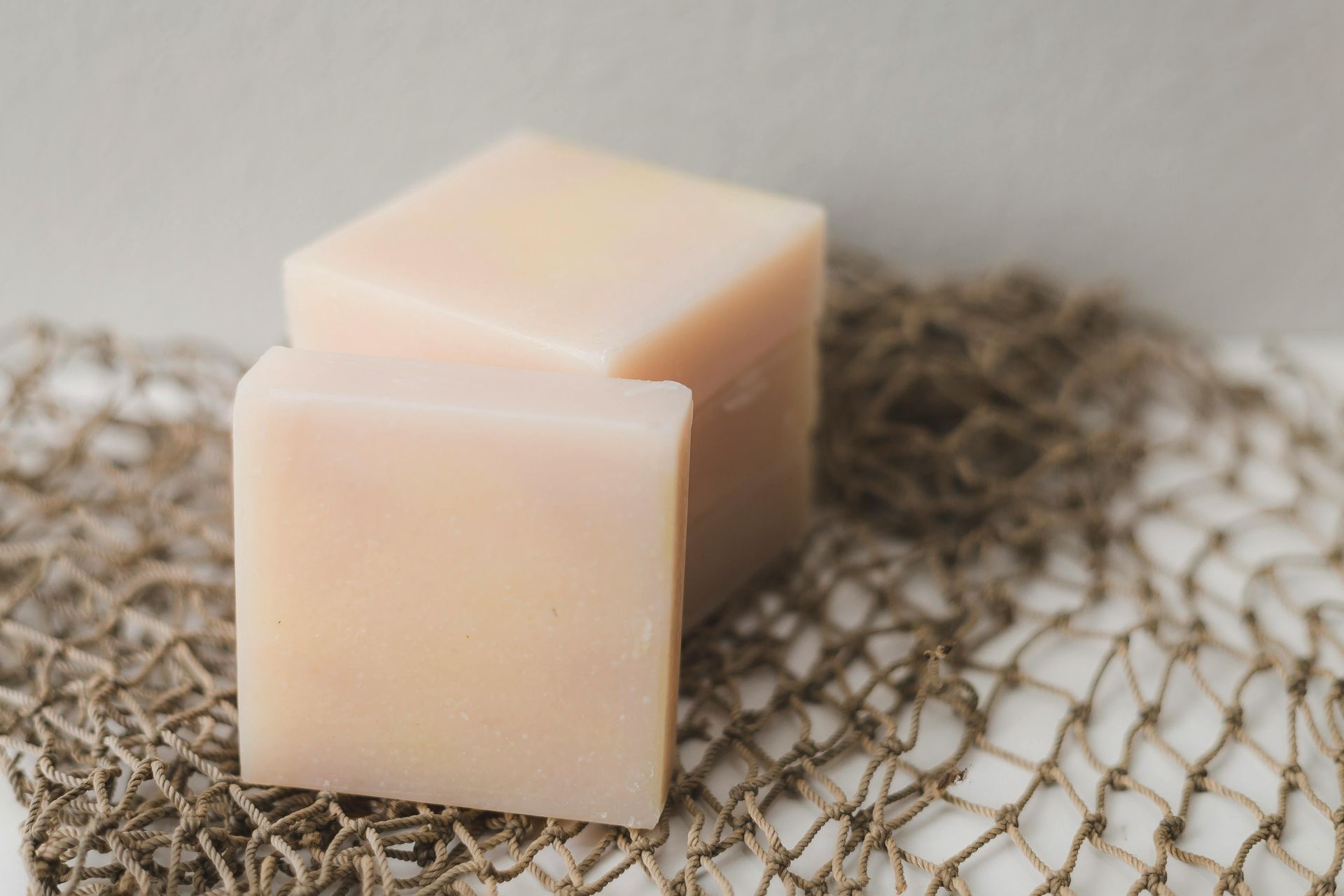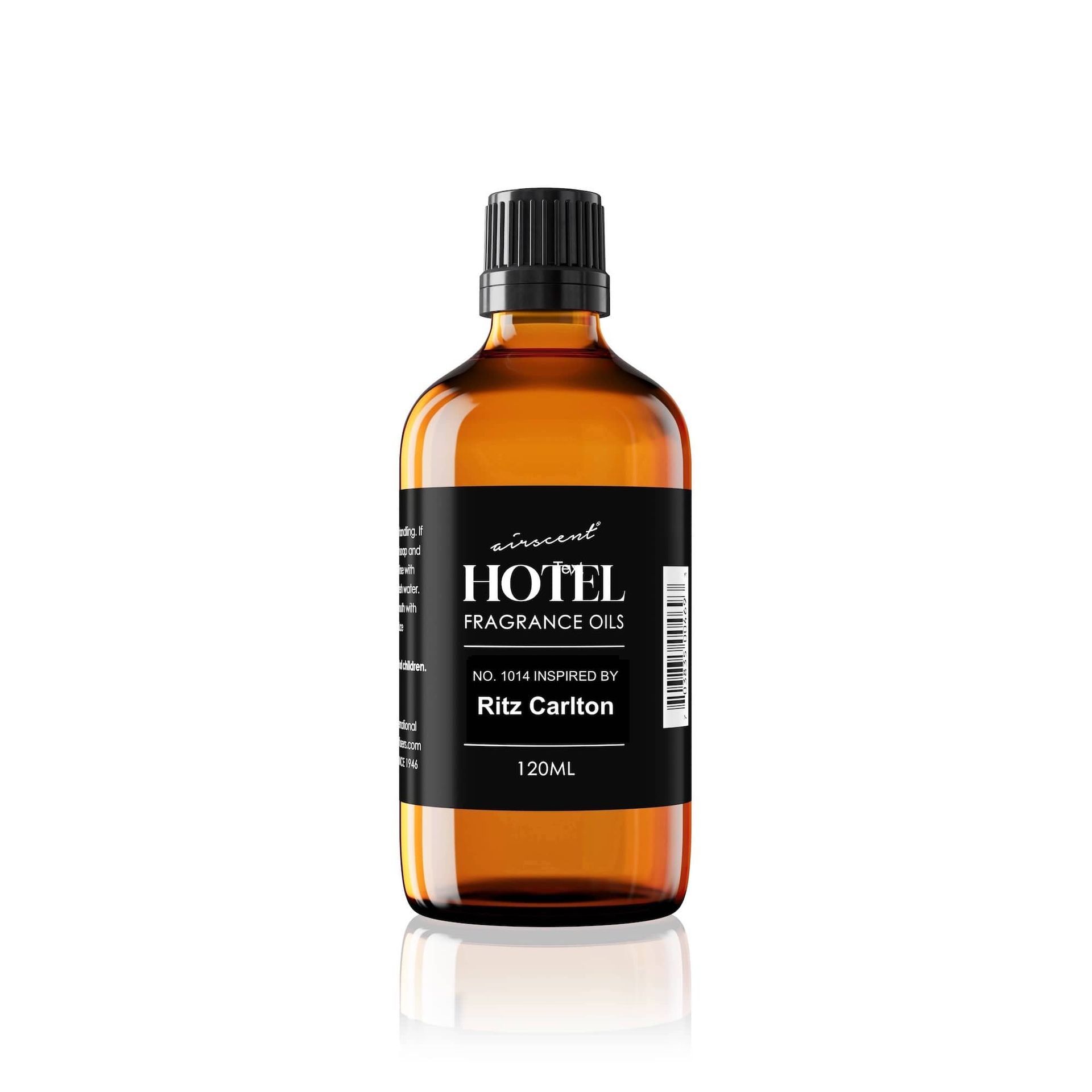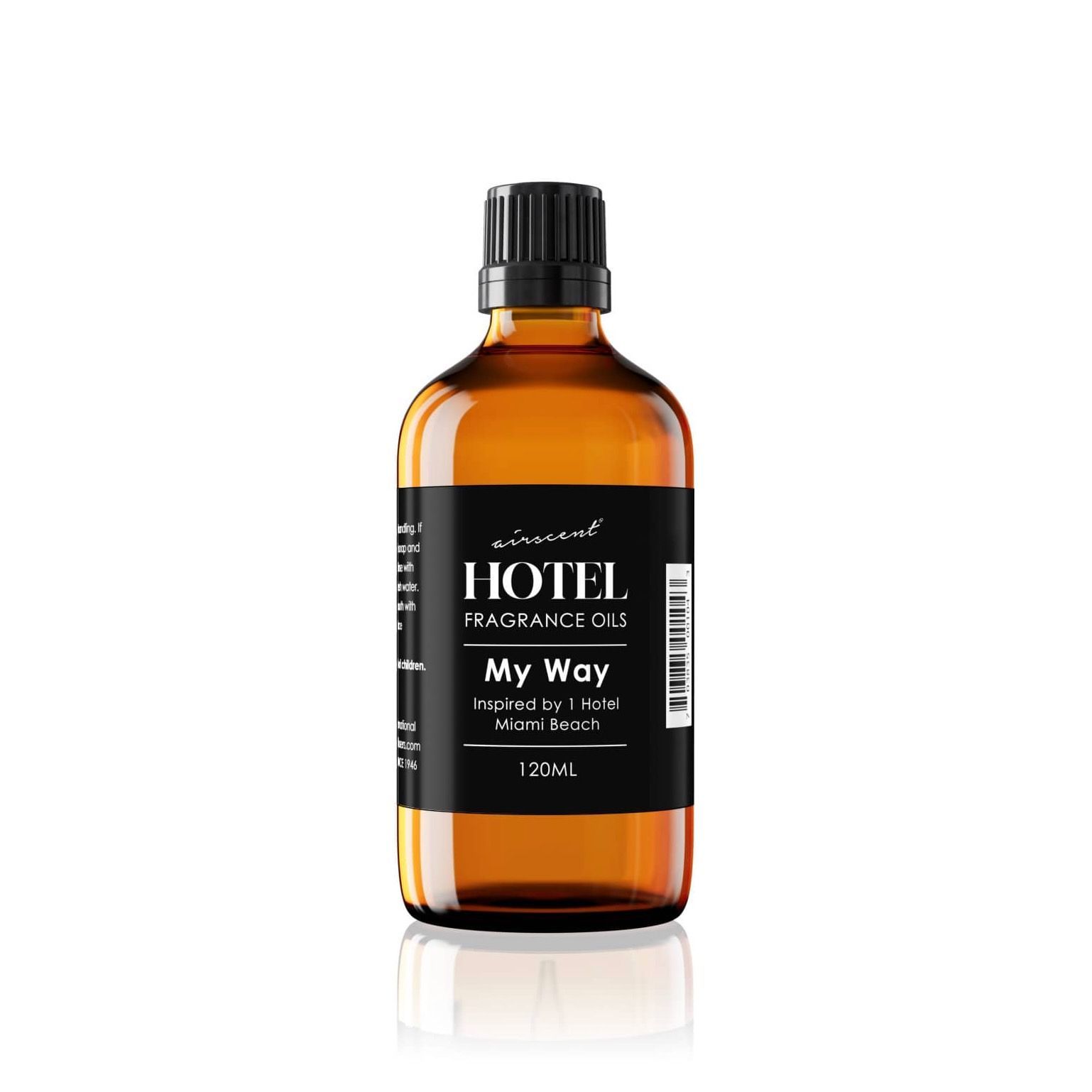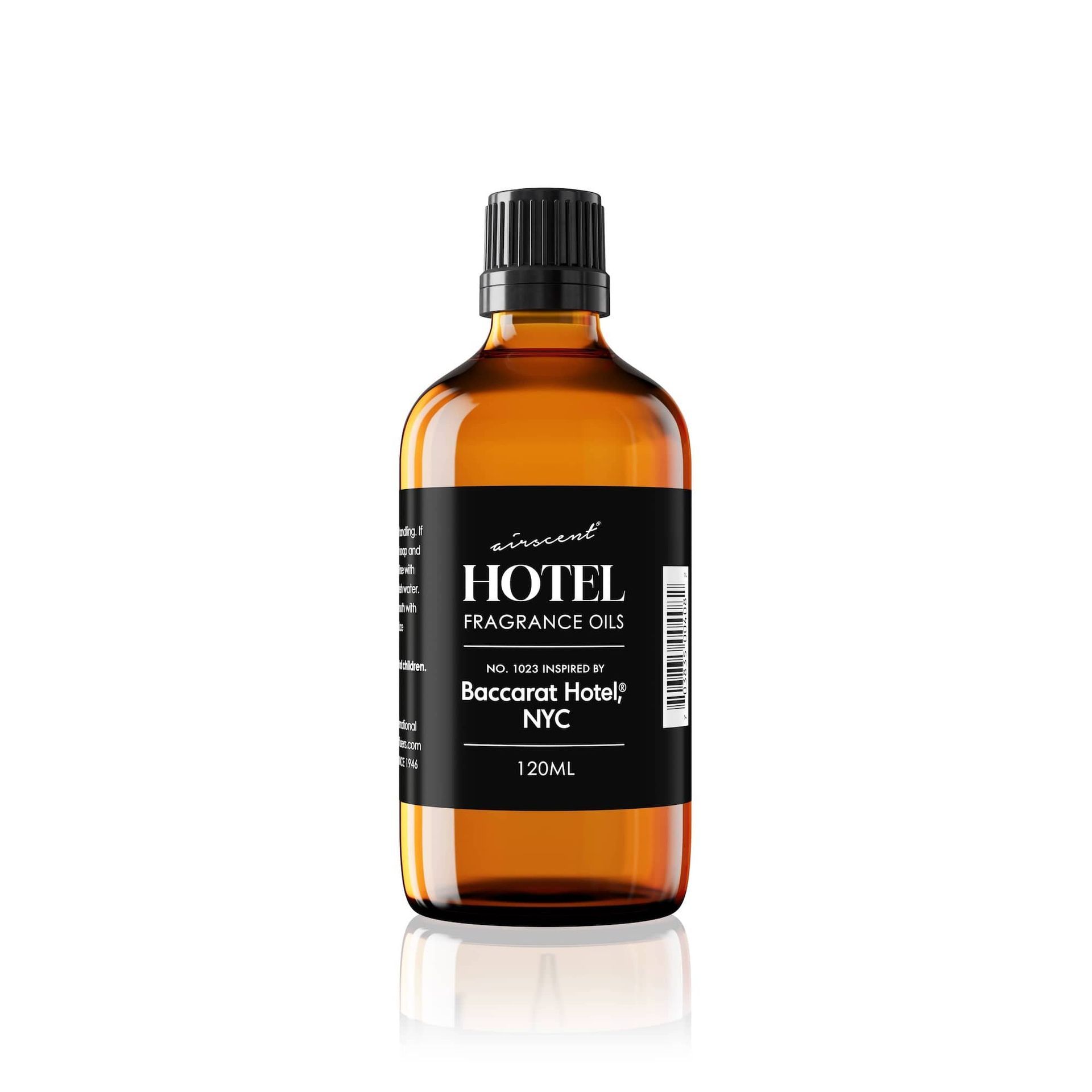Why The Precious Scent of Oud Is Known As Liquid Gold
Discover the
exotic allure of oud, a rare fragrance ingredient known as "liquid gold" for its $5,000-per-pound value and captivating, enduring scent. Derived from the scarce, fungus-infected resin of the agarwood tree,
Oud boasts a storied legacy from ancient rituals to modern luxury perfumery, evoking opulence and a luxurious aura. Experience its complex depth in our Tom Ford-inspired
Oud Wood perfume dupe (No. 5005), and our
Oud Safir fragrance oil, a masterful blend of citrus, rose, musk, and oud, crafting a timeless, elegant aroma inspired by
The JW Marriott’s signature scent.
The Luxurious Allure of Oud And Its Liquid Gold Scent
Do not mistake this oud of which we are about to speak as the Arabian musical instrument of the same name, albeit its intense and captivating scent sings its own inimitable symphony.
Oud perfume is known by other names and titles such as: agarwood; wood of the gods; aloe wood and the five thousand dollar per pound scent.
Oud essential oil is by far one of the most precious and costly raw ingredients used in luxury formulations.
Its source is somewhat repulsive, as it is extracted either by distillation or a melting process from a fungus that infects the resinous hardwood of the agar tree, which is indigenous to the forests of India, Bangladesh and Southeast Asia.
The redolent resin can only form from this vile natural mold, and only two percent of these trees produce it, contributing to its precious cost, usage and status as a threatened species.
A Short History Of Oud (Oudh)
Written records from many corners of the ancient world indicate the presence of oud.
The Prophet, Mohammed was said to believe this ingredient was a gift from Paradise and Muslim scriptures speak of traditionally fumigating homes with agar wood, a ritual that has continued down through time.
Early Hebrew history mentions oud in The Song of Songs, where it is described as incense, and King Solomon as “coming up from the desert like a column of smoke, perfumed with myrrh and incense.”
Records from central Vietnam dating back to the third century AD mention agar wood extraction and its export to Japan and China, where it was revered as incense and used to make coffins for wealthy citizens.
In Buddhist ritual, the most precious string of 108 beads is comprised of agarwood.
The Value And Use Of Oudh In Modern Perfumery
Since the 1980s and the advent of the luxury-boutique hotels, this cherished essential oil has become intensely popular despite its extravagant price tag.
Its presence evokes an elitist and opulent sensory adventure catering to those among us for whom money is no object.
Its usage is mostly associated with the dry down and it tends to remain on the skin long after others have gone with the wind. It is always rich, heavy and enduring.
The annual Oud market gleans circa $6 billion, and its value is often estimated as one-and-a-half times the value of gold; thus its other nickname, liquid gold.
According to Fortune magazine,
the price of oud can be as high as $5,000 per pound.
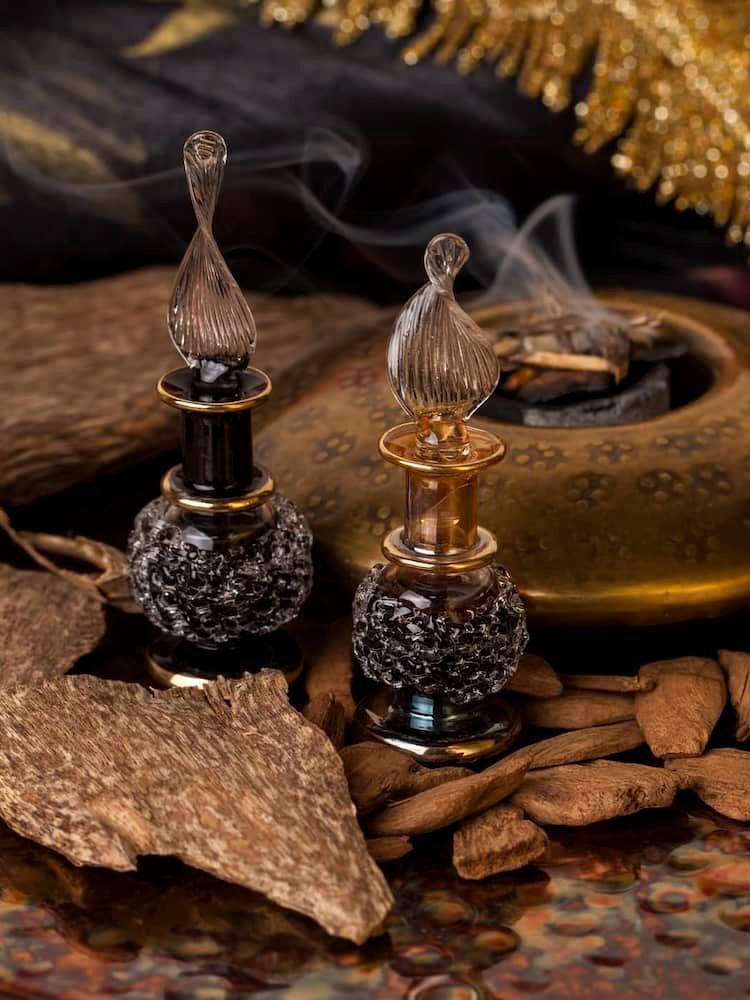
What Are The Benefits of Oud?
While modern research continues to expand knowledge about the therapeutic benefits of oud, its power is known to promote calming and grounding effects on the human mind and spirit as well as benefits for skin and hair care.
Agar wood helps to moisturize and soften the skin, potentially improving its elasticity and texture.
Its well-documented use in aromatherapy concerns its value as a tool in enhancing powers of meditation, reducing tension and improving mood.
What Does Oud Smell Like?
Enchanting Arabian nights under star-studded indigo skies, strolls through sacred, sweet smelling gardens, quiet nights in the wet forest after rain and stolen romantic interludes are just a few of the many associations conjured deep within the mind’s all-seeing eye when inhaling this glorious, sensuous and posh scent.
An olfactory tapestry of exotic woody elements, it lends a sense of harmony and emotional fusion with the natural wonders of Mother Earth.
Oud presents earthy and sweet elements and its complex identity smells differently depending on its place of origin and age.
Each version is a unique journey with its own unique accents, ranging from herbal to woody and spicy, and sometimes, everything in between.
For example, Indian Hindi oud is deep, heavy and laden with carnal elements while Cambodian oud is slightly sweeter, warmer and more intimate.
These scent profiles have made oud a favorite in traditional Arabian perfumery.
Some perfumers swear it is intense, ardent and sensual, suggesting the presence of fresh, slightly damp soil or sunshine beating down a grassy field or barnyard.
Others find themselves in a fragrant realm of untold riches and exotic splendor.
This rare and intriguing fragrance encompasses several seemingly contradictory notes and is at once sharp, yet very pleasing.
It suggests warm, smoky notes tinged with moist wood. Elements of floral and fruity character add a subtle nuance to this musky, sensual and seductive scent.
Some modern examples of its use in contemporary formulations include: Giorgio Armani’s Oud Royale and
Tom Ford’s Oud Wood, which our master perfumers duplicated as Fragrance No. 5005 with in our
perfume dupe fragrance oil line (pictured below).
Authentic Oud Versus Synthetic Oud
Many products marketed as oud are synthetic, while true, pure oud oil is harvested through a meticulous process that can only be done by skilled artisans, which further adds to the disparity in price.
Synthetics are used very often because of their lower cost, and while they are not identical to the original, some believe its scent can hold its own and is very pleasant because it is a tad sweeter than its natural cousin.
Why Is Genuine Oud So Expensive?
Oud's high cost stems from its rarity, the labor-intensive extraction process, and the Aquilaria trees's endangered status, making it a precious and sought-after fragrance ingredient.
Other contributing factors concern its long history of use in traditional medicine, sacred rituals and storied past in perfumery in many remote cultures of the world, particularly in the Middle East and Asia.
This has boosted both its demand and value.
The increasing global clamor for oud when compared to its limited supply has greatly influenced its exorbitant cost.
Some oud oils are sold at prices that are higher than gold per pound, and a.3 gram-bottle often starts at US $300!
Even more, it is said that so little oil is needed per application that this size container can last up to one year of daily use!
Our Oud Infused Fragrance Oil Blends
Our Tom Ford Our Wood Inspired Blend
This exquisite fragrance opens with a vibrant burst of sweet resinous cardamom and spicy pepper, weaving through the top notes.
A rich heart of patchouli, amber, and tonka bean unfolds, leading to a luxurious base of creamy sandalwood, earthy vetiver, opulent oud, and warm vanilla, creating a captivating and enduring scent.
Our Oud Safir Inspired Blend - A Fabulous Oud Fragrance
Inspired by the J.W. Marriott's signature hotel scent, this exotic fragrance oil is an exquisite, golden cloud of wealth and ancient splendor beyond human expectation.
Head notes burst with energizing, vibrant citrus facets, sugary plum, romantic, velvety red rose and fresh Muguet.
A deeply sensual, luxurious heart note bouquet soon takes hold featuring a blend of earthy musk, lush raspberry and elegant, rich vanilla.
The scent completes with a compelling, intense dry down of seductive musk intoxicating, fruity
tobacco-nuanced oud, dark, honeyed amber and
creamy sandalwood.
Explore The Aromatic Beauty of Oud
Dare to try some
oud today, which you may soon look back upon and refer to as the first day of the rest of your life.
Recent Posts
Our Most Beloved Fragrance Oils
Westin Hotel Scent
White tea, aloe vera, ginger, cedar wood, vanilla, amber, sandalwood & musk.
My Way 1 Hotel
Sandalwood, Jasmine, Vanilla, Musk & Virginia Cedar.
Baccarat Hotel Love Affair
A warm woody aromatic blend of sandalwood, papyrus and musk.



